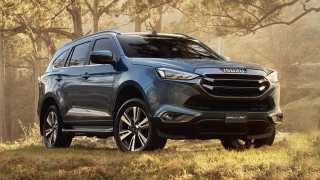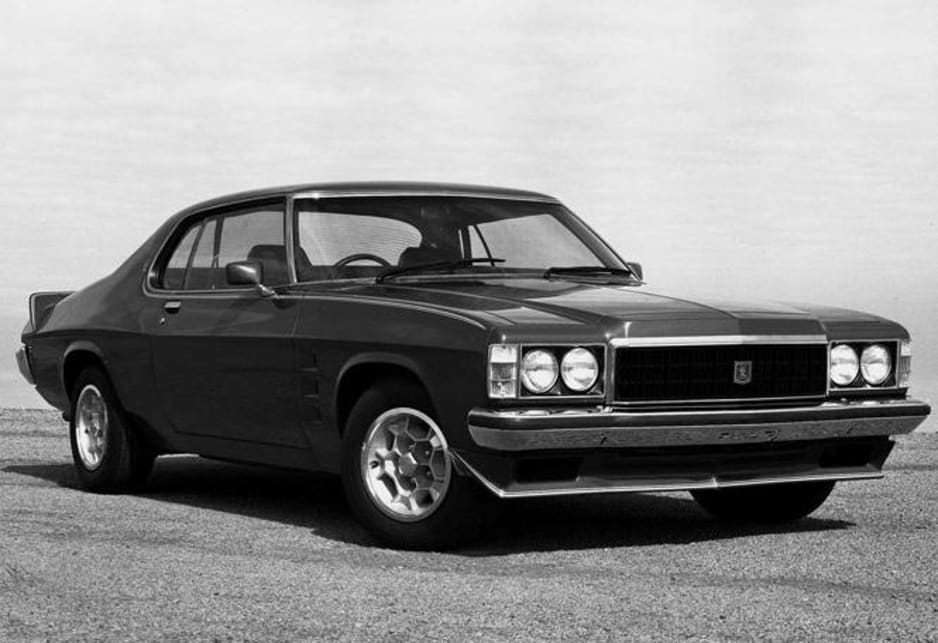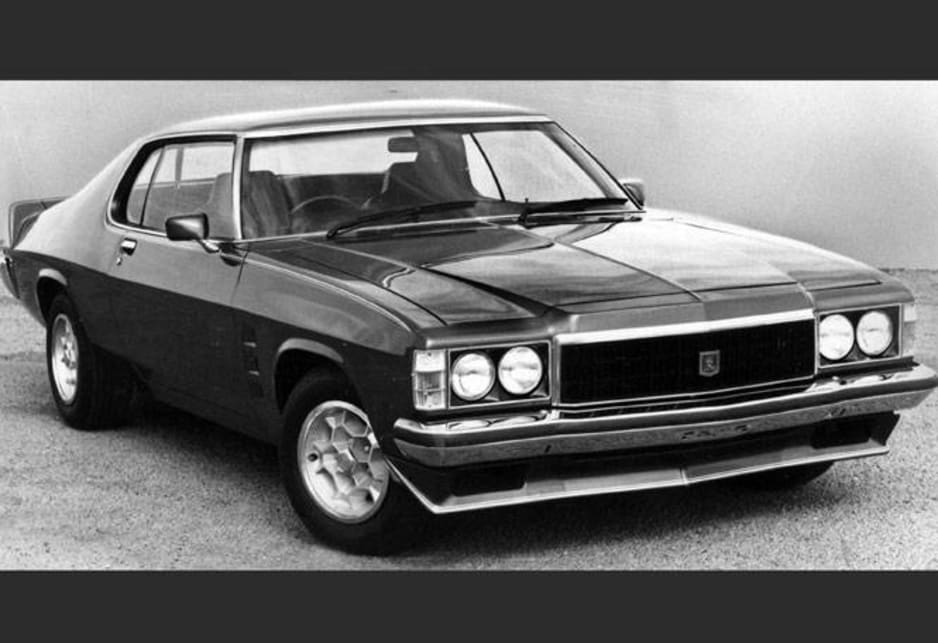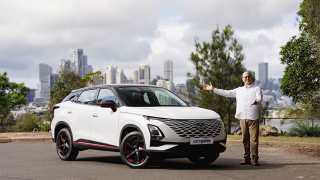
Used Holden HX LE coupe review: 1976
- Holden Monaro
- Holden HX
- Holden Monaro 1976
- Holden HX 1976
- Holden Monaro Reviews
- Holden HX Reviews
- Holden Reviews
- Holden Coupe Range
- Holden Commercial Range
- Coupe
- Commercial
- Holden
- Used Car Reviews
- Buying tips
Holden’s decision to close the current chapter of the Monaro legend with a special limited edition model evokes memories of 1976 when the company also chose to give the first generation coupe a special send off.
Holden’s decision to close the current chapter of the Monaro legend with a special limited edition model evokes memories of 1976 when the company also chose to give the first generation coupe a special send off. Like today’s CV8-Z the LE Coupe was a limited edition model.
Holden realistically said from the outset that it expected the high demand for the new generation Monaro would slow once the pent up demand was satisfied. In the minds of the men in charge it was never a given that the Monaro would go on forever.
Their thinking was based on the experience of the first Monaro, which was enormously popular to begin with, but by 1976 sales had slowed to a trickle once the popularity of the two-door coupe faded.
The HX LE Coupe Holden produced in 1976 was designed to use up the two-door coupe bodies Holden found itself with. It was a parts bin special that cleaned out the warehouse of parts that would otherwise have sat gathering dust in the corner. A smart marketing move.
MODEL WATCH
Debate today rages over the name of the LE, specifically on whether it’s a Monaro or not. Officially Holden never labelled it a Monaro, and it never carried Monaro badges, but time has blurred the picture and it’s now generally referred to as a Monaro by enthusiasts.
Officially the last coupe of the first generation was an LE, for Limited Edition, which denoted the fact that just 600 would be built. Holden’s marketing people described it as a luxury town car with sports car performance. In other words it was a luxury sports coupe with the emphasis on luxury.
The LE was a blend of Monaro LS and Caprice luxury sedan. Holden’s then head of design, Leo Pruneau had more influence over the LE than anyone and he fitted it with every feature he could, which helps explain why it was the most expensive Holden you could buy at the time.
Outside, the LE was readily distinguished by its metallic red paint, gold pinstripes and LE badging, and gold honeycomb wheels lifted straight from the Pontiac parts bin.
Inside, it had red velour trim with plaid inserts in the seats, matching deep cut pile carpets, liberal splashes of burr walnut over the dash and centre console, and a sporty three-spoke steering wheel.
The list of standard features was extensive for the time, and included air-conditioning, power windows, power antenna, push-button radio, and quadraphonic cassette sound system.
For power the LE had Holden’s 308 cubic inch V8 with a three-speed Turbo-Hydramatic auto transmission. With 161 kW on tap the 1613 kg coupe would rush to 100 km/h in a little over nine seconds and account for the standing 400-metre sprint in a tick over 17 seconds.
The LE had power steering, braking was by power-assisted discs at the front and drums at the rear, and it had coil springs all round.
IN THE SHOP
The HX saw the introduction of the first serious Australian exhaust emission laws and the measures taken to meet those laws were rather agricultural by today’s standards. They robbed the V8 of much of its power and made it sluggish alongside some of its predecessors.
For that reason it’s most likely that the LE coupes that have survived will have been modified to restore their power and performance. Expect to find aftermarket carburettors and intake manifolds, and perhaps modified cylinder heads and other more substantial internal modifications.
In standard form the HX V8 suffered from warped inlet manifolds, was prone to cylinder head gasket leakage, camshaft wear at the rear of the shaft, and various oil leaks.
Other than that the LE mechanical package was pretty tough and didn’t give too much trouble. Remember though that it’s now 30 years old and anything that hasn’t been rebuilt probably needs to be.
Look for rust in the bottoms of the front guards, the bottoms of the doors, and rear doglegs. It’s also worth checking the boot floor and the cabin floors.
IN A CRASH
With cars as old as the LE the safety systems are the seat belts, they should be checked for wear on the webbing, the collapsible steering column and the designed-in body crumple zone.
LOOK FOR
• Originality underpins resale value
• Reasonable potential to increase in value
• Modifications that might reduce collectability
• Stylish classic coupe
• Sluggish performance
• Affordable classic
RIVALS
• XC Ford Cobra coupe – 1978 – up to $30,000
• Valiant Charger 770 – 1975-1977 – up to $12,000
THE BOTTOM LINE
An affordable and stylish classic coupe that’s fun to own now and likely to increase in value in time.
RATING
75/100
Range and Specs
| Vehicle | Specs | Price* | |
|---|---|---|---|
| Belmont | 3.3L, Leaded, 3 SP MAN | No recent listings | 1976 Holden HX 1976 Belmont Pricing and Specs |
| Kingswood | 3.3L, Leaded, 3 SP AUTO | No recent listings | 1976 Holden HX 1976 Kingswood Pricing and Specs |
| Belmont | 3.3L, Leaded, 3 SP AUTO | No recent listings | 1976 Holden HX 1976 Belmont Pricing and Specs |
| Kingswood | 4.1L, Leaded, 3 SP AUTO | No recent listings | 1976 Holden HX 1976 Kingswood Pricing and Specs |











